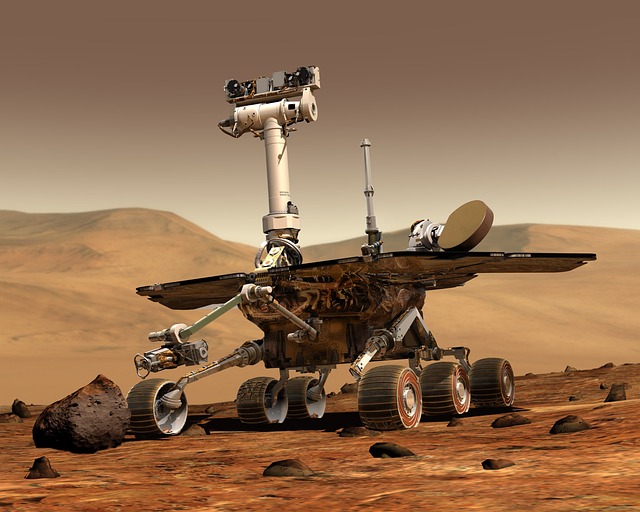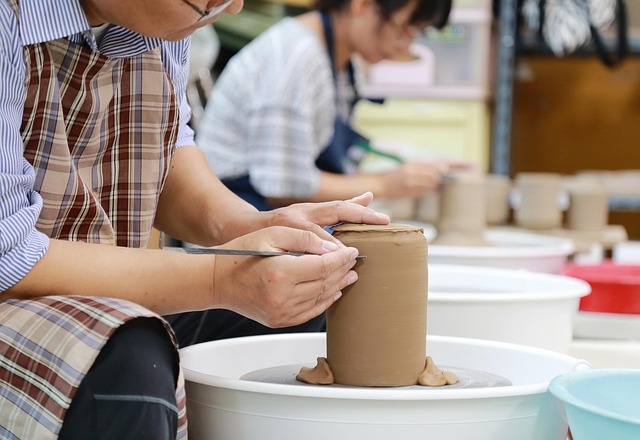In today’s rapidly evolving technological landscape, the integration of 3D modeling with robotics, artificial intelligence (AI), and automation is transforming the way we approach learning and creativity. The future of education is bright, as learners find themselves equipped with unprecedented tools that enhance their understanding and application of concepts in the digital realm.
At the heart of this educational revolution is 3D modeling. This skill allows individuals to visualize their ideas in a tangible way, turning concepts into dynamic representations that can be manipulated and refined. Traditionally, mastering 3D modeling has required years of dedication and practice, but with the explosive growth of AI, this process is becoming more intuitive. AI-powered software can now assist learners by providing real-time feedback, suggesting improvements, or even generating complex models from simple sketches. This democratizes access to 3D modeling, allowing anyone, regardless of experience level, to engage in the creative process.
Robotics also plays a crucial role in enhancing educational experiences. Incorporating robotic elements into projects enables students to witness their 3D models come to life. By programming robots to perform tasks based on their designs, learners are not just creating visual models; they are developing a comprehensive understanding of how engineering and design intersect. This practical application reinforces theoretical knowledge, promoting a deeper engagement with the subject matter.
Furthermore, automation in business settings is reshaping the landscape for aspiring 3D modelers. Companies are increasingly leveraging automated systems to streamline their design and production processes. Automation increases efficiency and opens new avenues for creativity. For students looking to enter the workforce, understanding how to integrate 3D modeling with these automated systems is essential. Knowledge in this area will not only enhance their skillset but also make them invaluable assets to future employers.
As AI technologies continue to evolve, the potential for creating realistic simulations within the realm of 3D modeling expands. Imagine students being able to design and simulate complex structures that respond to environmental changes or user interactions, all while receiving AI-generated insights to refine their work. The educational implications of these advancements are immense, as they foster critical thinking and problem-solving skills.
Moreover, the combination of robotics, AI, and automation encourages collaboration. In a classroom setting, peer-to-peer learning flourishes as students share their unique approaches to 3D modeling projects. This collaborative environment not only enhances the learning experience but also prepares students for the teamwork required in today’s workplaces, where multi-disciplinary project development is commonplace.
Embracing these technologies is essential for cultivating the next generation of innovators and creators. The future of learning in the realm of 3D modeling is not just about acquiring skills; it’s about unlocking potential. As we continue to adapt our education systems to integrate robotics, AI, and automation, students will gain confidence in their abilities to turn dreams into reality, crafting a world that blends imagination with technological prowess.




